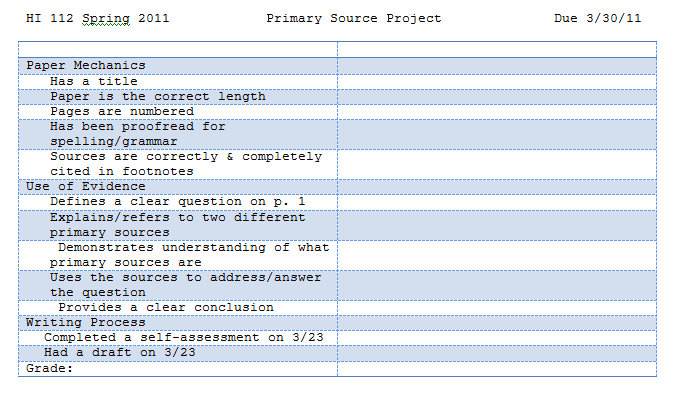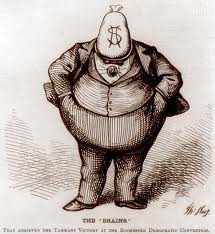In class on Friday, I called this a “lightning round” – we’re covering some quick ground this week to bring us up to the 1930s. There’s a lot more reading this week, and for that reason we’re only hitting the highlights, main points, and big concepts.
On Friday 18th we discussed the Progressive Era and did an in-class exercise to think like Progressives. On your own, study what Progressives did (and did NOT) achieve, now that you know what their goals and methods were. How successful were they? What were some of their legacies? What happened to the Progressive movement, how and why did it end?
On Wednesday 23rd, we will look at World War I. The United States reluctantly (and belatedly) entered the war, sending some 2 million soldiers and nurses overseas, and the war had dramatic political and cultural consequences on the American homefront even though our participation in the conflict was relatively short-lived. Once again we will have an in-class workshop, so read Chapter 23 in preparation for that.
On Friday 25th, we look at the 1920s, sometimes called the “Jazz Age” (and why is that?). Chapter 24 opens with a vignette about the media-savvy California Pentecostal evangelist Sister Aimee McPherson. By coincidence, she was one of the subjects of my research and I have had the good fortune to be part of a documentary film about her, so we will screen a few clips in class. After reading the rest of the chapter, why do you think the editors chose her to represent the “New Era”? Who else might you choose? Our in-class workshop will showcase some of the people that made the 1920s so transformative–and we’ll end class with a huge, traumatic crash in the stock market as the roaring twenties came to a screeching halt in October 1929.



